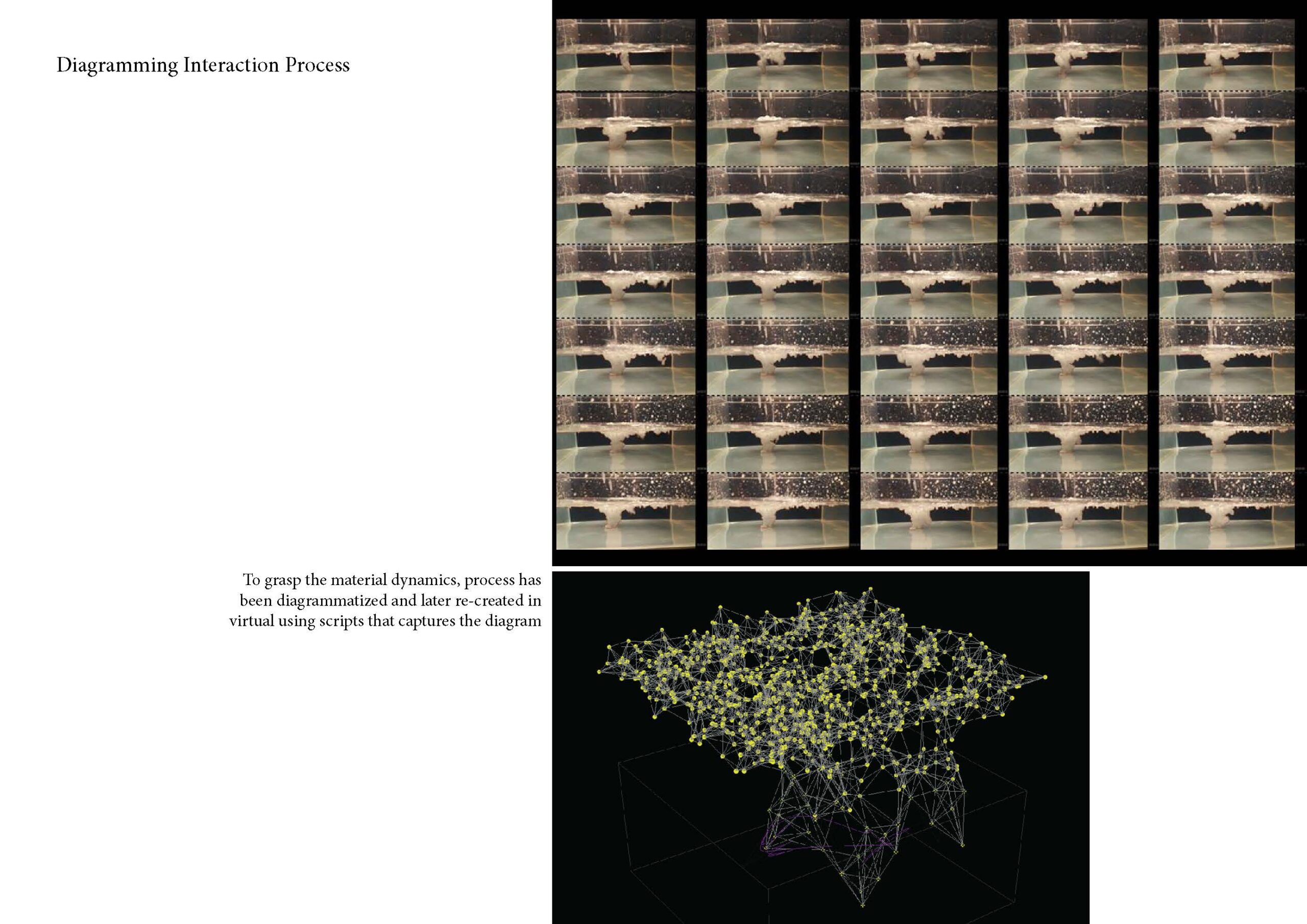Materials have their ability to transform through time to adopt themselves in various conditions. Their inner capacity and potential to interact with outer information makes materials programmable entities. The aim of this seminar is to understand their behaviour and compute them to get facilitate system of design according to these various interactions.
The objective of this course is to make students involve into system-based design principles by understanding the physical material interactions and their adaptation abilities. Computational tools will be used to simulate these material behaviours. Course has two main steps: testing material interactions with basic experiments, trying to understand its adaptation potentials and applying these potentials into a system-based design. Understanding the interior dynamics (internal forces) of the components of the system, along with the exterior forces is an important key factor. Various software implementation will be tried. Maya and Rhino Grasshopper will be used as a main tool to simulate material behaviour and apply it to system design. Students are expected to gain knowledge on urban theories, nature systems, and their together implementation in computational design.
Course is organized to make students have an understanding in contemporary urban theories and be able to de-and re-construct it through agent-based system design and speculate the material implementations. Material interactions will be observed. These observations will than transformed into the system design of a new material speculation. Various urban readings and discussions will be held. These discussions will than lead to how nature systems will be coming together with urban program, and what kind of a new material solution is needed for that.
Weekly software exercises will go on to realize system-based design principle. Each student group will complete a semester project by understanding the earlier discussions, system-based principles speculating material solutions.








